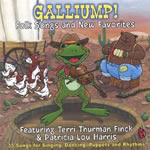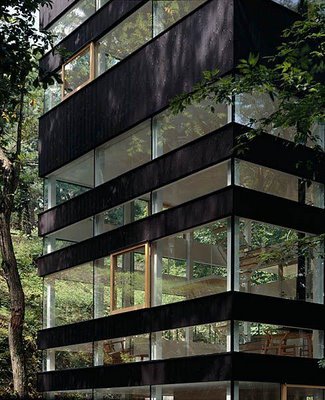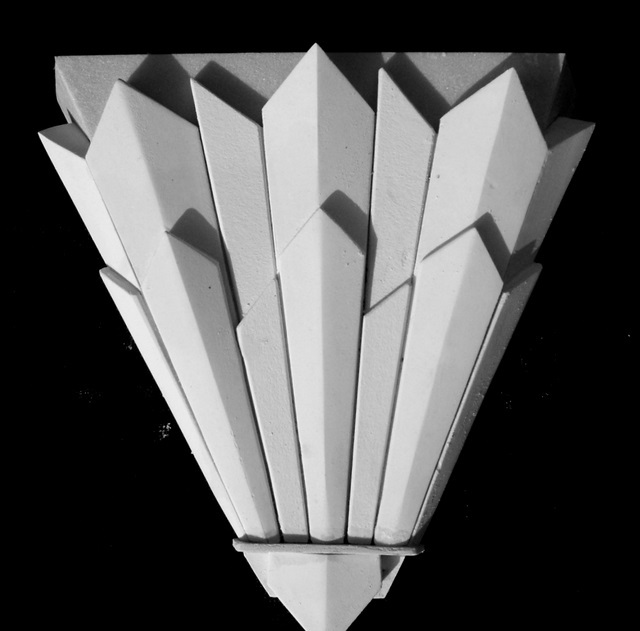Senor Don Gato

Senor Don Gato
Oh Senor Don Gato was a cat
On a high red roof Don Gato sat
He went there to read a letter,
Meow, meow, meow
Where the reading light was better,
Meow, meow, meow
‘Twas a love note for Don Gato
I adore you wrote the lady cat
Who was fluffy, white and nice and fat
There was not a sweeter kitty,
Meow, meow, meow
In the country or the city,
Meow, meow, meow
And she said she’d wed Don Gato
Oh, Don Gato jumped so happily
He fell off the roof and broke his knee
Broke his ribs and all his whiskers,
Meow, meow, meow
And his little solar plexus,
Meow, meow, meow
Ay Caramba cried Don Gato
Then the doctors all came on the run
Just to see if something could be done
And they held a consultation,
Meow, meow, meow
About how to save their patient,
Meow, meow, meow
How to save Senor Don Gato
But in spite of everything they tried
Poor Senor Don Gato up and died
And it wasn’t very merry,
Meow, meow, meow
Going to the cemetery,
Meow, meow, meow
For the ending of Don Gato
When the funeral passed the market square
Such a smell of fish was in the air
Though his burial was slated,
Meow, meow, meow
He became reanimated,
Meow, meow, meow
He came back to life, Don Gato





